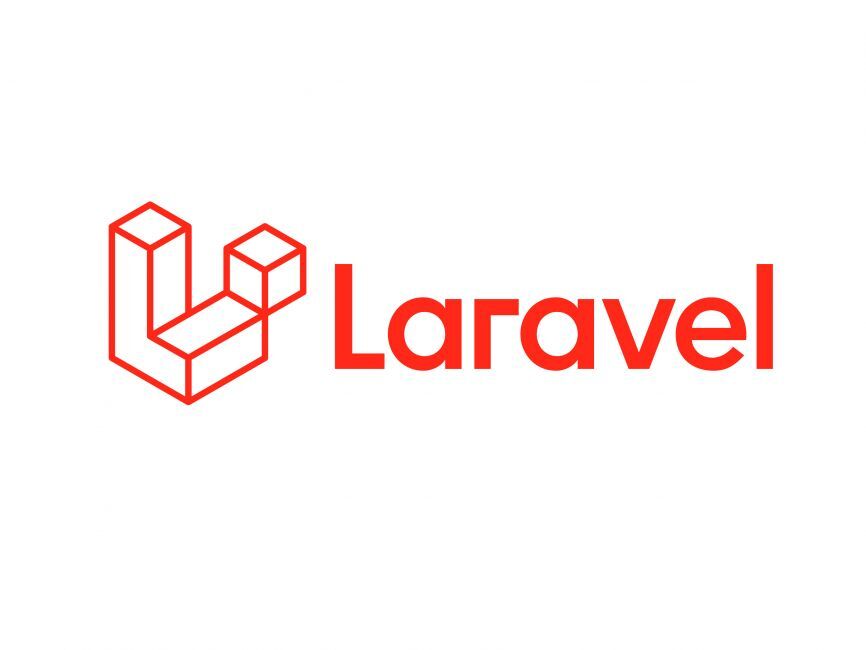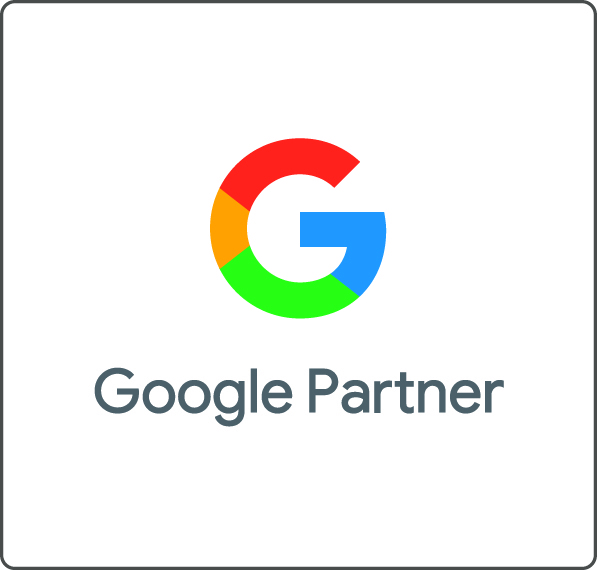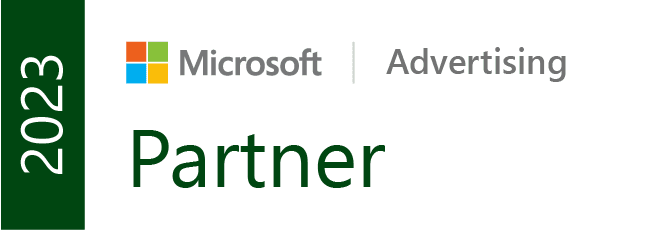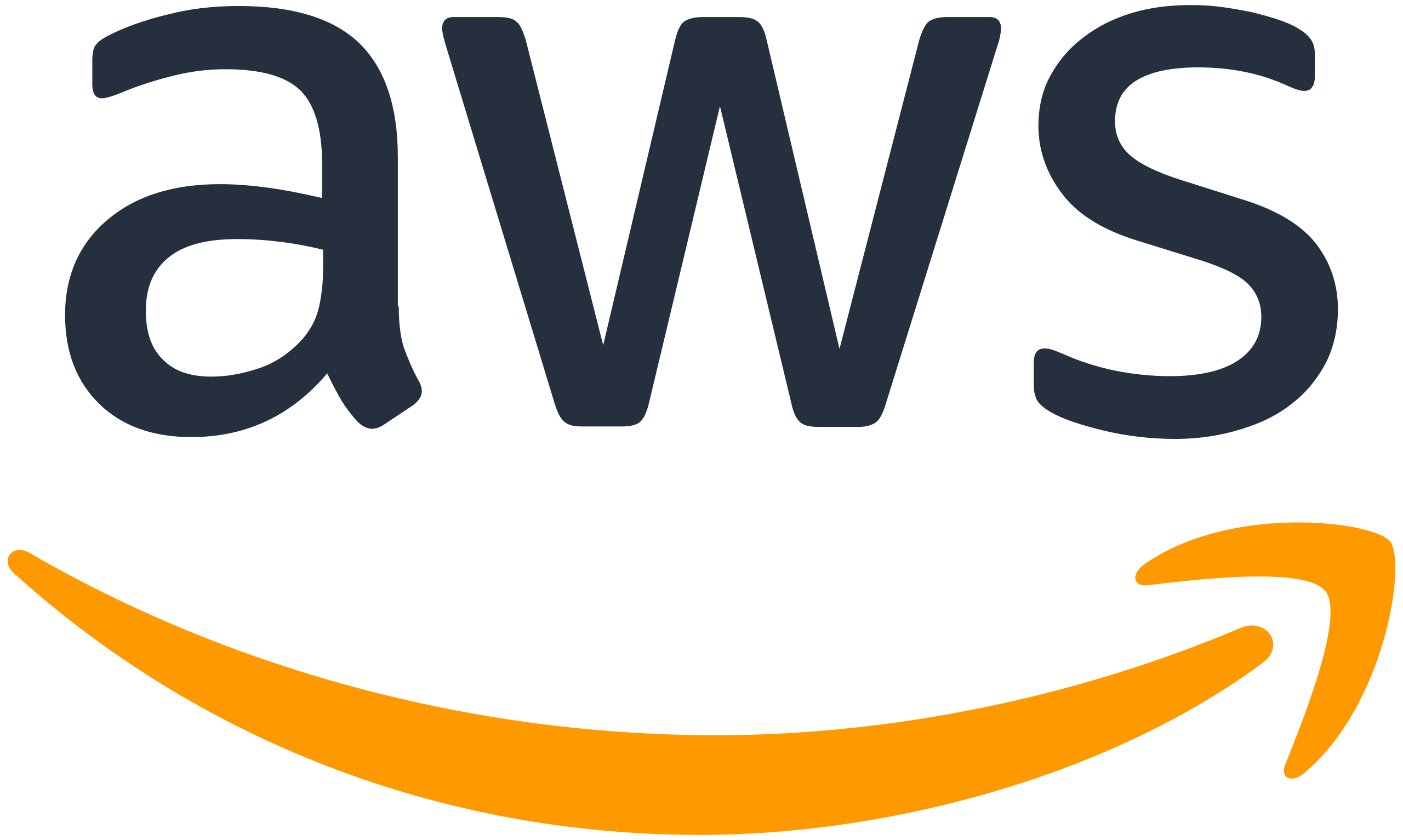In recent weeks I’ve been seeing more and more stats about the consumption of what I’ll politely call ‘old’ media. This is things like TV or radio or outdoor ads – things that have been around for decades. It’s not necessarily old media, but it’s not the new and shiny thing talk of the town like mobile or VR or similar.
There is perhaps a rather narrow minded thought that this type of media is on the way out. The kids are all addicted to Instagram and Snapchat aren’t they? They don’t watch TV anymore. ‘Silver surfers’ are now flocking to their ipads instead of reading newspapers or magazines according to some gurus…
Is this reality or not?
Let’s look at TV. Some recent stats produced from both BARB (no, not that one) and Nielsen, two of the biggest collectors of behaviour insight have both shown that TV consumption is still as high as ever. Even with the kids. Clearly, when we want downtime in the evenings, or when schools finish, there has been little change in our behaviour despite the huge growth in digital consumption over the last decade.


As you can see, radio here still remains second behind TV in terms of minutes per week. But how has this changed in the last decade? Research from RAJAR (see below) released last year shows that longer terms have shown a decline in radio listening per month by something like 25% for younger audiences.
This should come as no surprise given the popularity of mobile with younger audiences. However, radio still clocks in at a healthy ten hours per month of consumption for younger audiences and it’s pretty steady for other age groups.
If traditional media is steady, what about digital?
We all know that the growth of smart phones and prevalence of Wi-Fi & 4G since the start of the decade has fundamentally shifted how and when we consume media. If you think that media consumption is a zero sum game then it’s not. By having a fast and powerful computer available in our pocket, we’ve just started to use it in addition to traditional media, not instead of. Yet.
There are limited stats produced on the consumption of digital in its truest sense (as it can get grouped among many things) but this chart below from the US shows what we probably already know – tablet and mobile are the dominant platforms for media consumption.

http://www.statista.com/statistics/270781/average-daily-media-use-in-the-us/
In the UK this is reflected in a similar way and the trend is clear to see. Digital is the growth channel while others remain flat.

http://www.emarketer.com/Article/UK-Consumers-Spend-over-9-Hours-per-Day-Consuming-Media/1011314
If we consume more, then how do we squeeze it all in? I have often showed the graph below in presentations that I’ve put together in the last 6 months as it highlights the attention problem in a stark way. Research carried out in the US suggests that we undertake 31 hours of activity in 24 hours.

If we take out the fact that 7 hours of our day are spent sleeping, that means in terms of media, we consume 24 hours of activity in 17 hours. Putting it another way, for each hour we are doing something, there is roughly another 50% of ‘stuff’ going on.
What the hell does this all mean?
Sometimes I’m as guilty as others when it comes to hyperbole. ‘We’re all addicted to digital!’ ‘We are stupid as fish’ etc
Whilst you can look at statistics and reports in many ways, you only have to take a look around you to know that mobile screens are our go to place for nearly all media consumption these days. From dual screening at home, to checking email on the toilet to watching football on a 4 inch screen in the pub, it’s ever present in our lives.
Does that mean we can just turn off everything else then? For now, most certainly not. Certainly digital is growing but other media is not dead.
One of my favourite marketing rules is that it takes at least seven times for your message to be understood or paid attention to. Seven times. You can’t just expect someone to see your brand even a handful of times and give it proper attention. There is too much competition within your industry but also the world around people.
Whilst repetition is definitely necessary and one reason why we can’t just care solely about end conversation, it is not the only way to win. If your budget allows you to work across multiple media then great, you have a greater chance of winning.
But if, like a lot of businesses, budgets are analysed and scrutinised more and more, you need to adapt to the changes in not only technology, but also our attention spans.
You need to market like it is 2016. We are all busy. We live fragmented lives. And we can all be contacted at any point whether we want it or not. It is becoming increasingly rare for people to pay attention in the way they used to. Creative needs to either be shorter and more impactful or it needs to go the other way and be all encompassing and engaging.
People now want to get bite sized content though a quick game on their phone or flick through their feed on Facebook or they want to binge on boxsets for hours on end.
To win, you must change your tactics to these modern times, whether it is TV, radio or digital. That’s the only way to get real attention.






